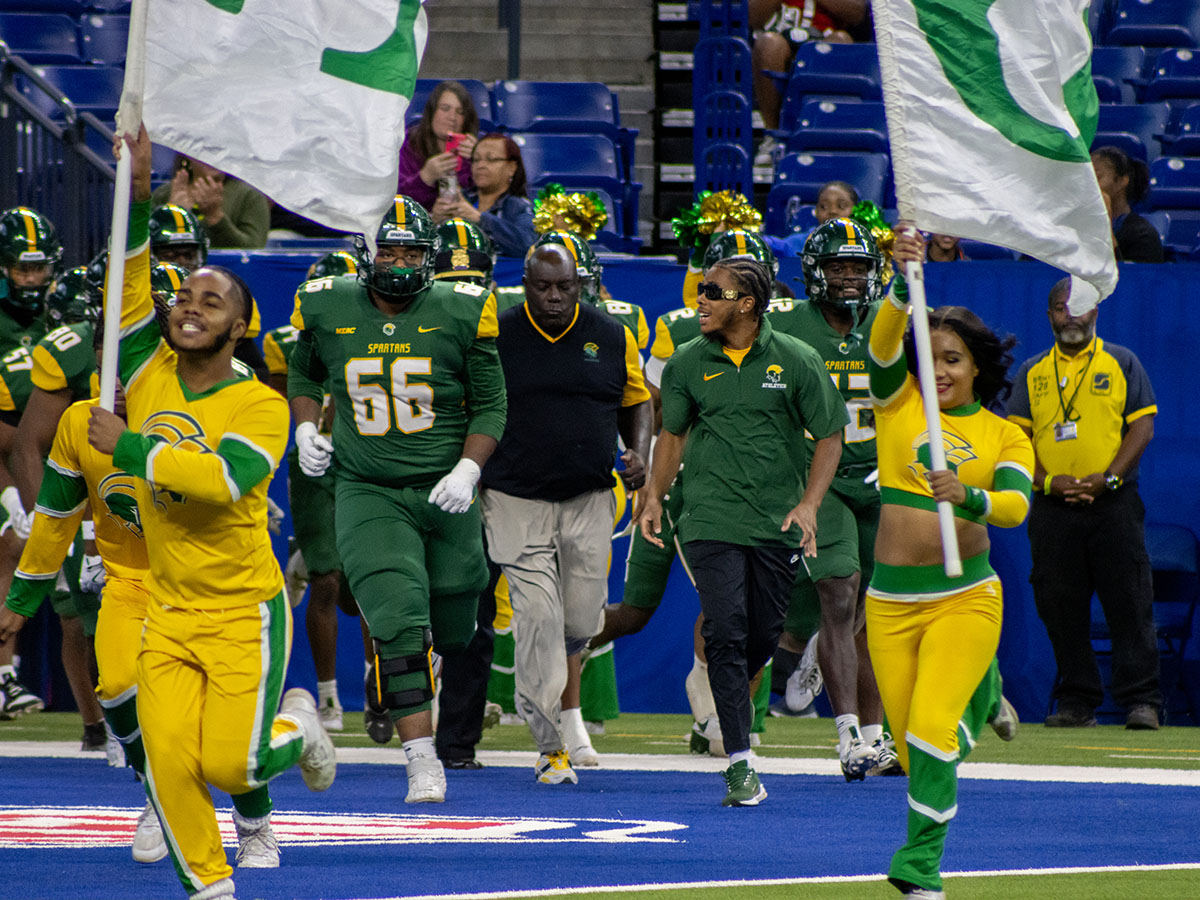Goal scoring is a fascinating aspect of football that has intrigued scientists, coaches, and fans alike. The perfect strike in football is not just about the player’s skill or luck; it involves an intricate blend of physics, biomechanics, and cognitive psychology.
Physics plays a significant role in determining the trajectory of the ball. When a player strikes the ball, they apply force that propels it towards the goal. The direction and speed at which this force is applied determine how far and fast the ball will travel. Additionally, factors such as air resistance and spin can significantly affect its path.
The Magnus effect explains why balls curve in flight when spin is applied. It occurs because pressure on one side of a spinning object (in this case, a football) decreases while increasing on the other side due to air flow changes caused by rotation. This imbalance creates a sideways force causing the ball to curve – an effect often used by players for bending free-kicks or corner kicks into goal.
Biomechanics also play an essential part in achieving a perfect strike. It involves understanding human movement patterns to generate maximum power during shooting while maintaining accuracy and control over the ball’s direction. A player bolatoday.com must have excellent coordination between their body parts – eyes to judge distance, brain for decision-making, legs for applying power & precision – all working together like clockwork.
The angle at which foot contacts with the ball can change its trajectory drastically; hitting it centrally will send it straight while contacting off-center generates spin leading to curved shots – making them harder for goalkeepers to save.
Cognitive psychology comes into play as well: decision-making under pressure is crucial for scoring goals in high-stake situations like penalty shootouts where mental strength proves just as important as physical prowess.
Players need to evaluate numerous variables quickly: goalkeeper’s position & likely movement direction based on prior knowledge or cues given away unconsciously; selecting optimum shot type considering circumstances – powerful drive vs. subtle chip; deciding which foot to use and more.
In essence, the science behind goal scoring is a complex interplay of physics, biomechanics, and cognitive psychology. The perfect strike is not just about hitting the ball as hard as possible but involves careful consideration of various factors such as angle of contact, force applied, spin imparted on the ball and quick decision-making under pressure.
So next time when you see a footballer curling in an exquisite free-kick or calmly slotting home a penalty under immense pressure – remember it’s not just skill or luck but also an application of science that made it possible.


